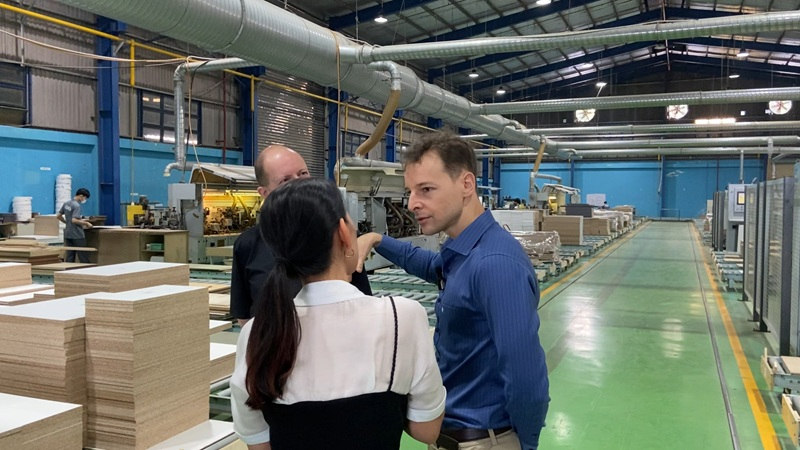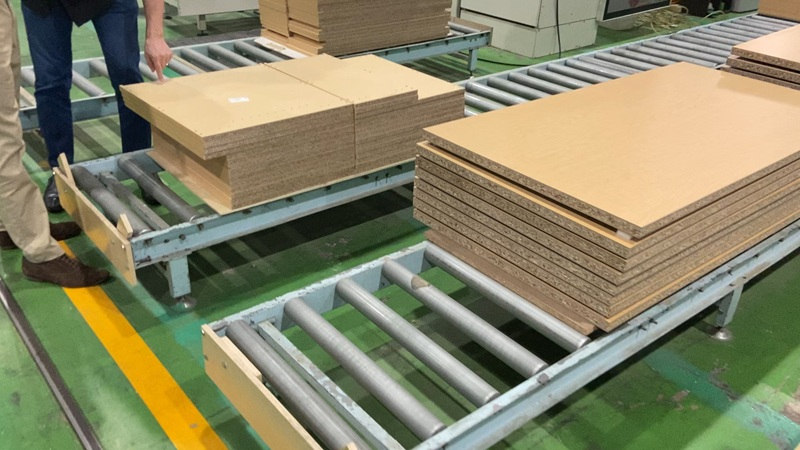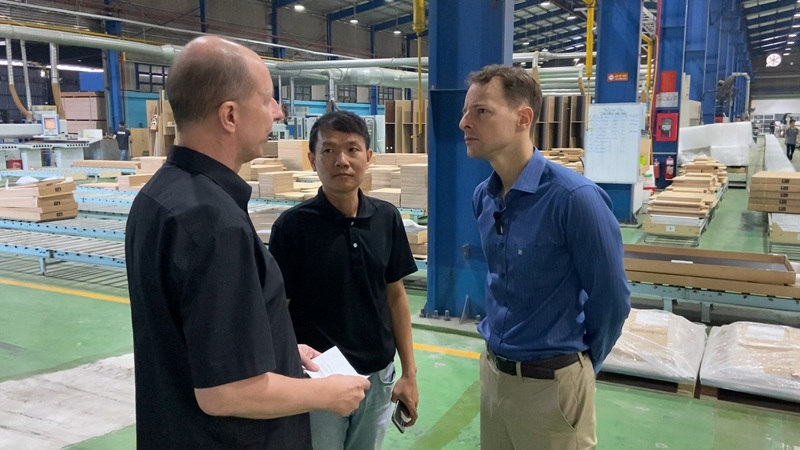Vietnam has established itself as a major player in the global furniture market, ranking among the world’s largest furniture exporters. With a reputation for producing high-quality products at competitive prices, Vietnam attracts businesses looking to capitalize on cost-effective manufacturing without compromising on craftsmanship.
However, sourcing furniture from Vietnam is not without its challenges. This article delves into the risks, challenges, and practical solutions to ensure successful sourcing experiences.
Risks in Sourcing Furniture from Vietnam
Quality Control Issues
Quality control is one of the most significant risks when sourcing furniture from Vietnam. While many manufacturers in Vietnam are capable of delivering world-class products, the country’s fragmented manufacturing landscape can result in:
- Inconsistent Quality: Some manufacturers may lack robust quality control systems, leading to inconsistencies in craftsmanship, finish, and material use.
- Material Substitutions: Inferior or counterfeit materials may sometimes replace the agreed-upon specifications, resulting in durability issues.
- Non-compliance with Standards: Certain suppliers may not meet international quality standards such as BIFMA (Business and Institutional Furniture Manufacturers Association) or ISO certifications.
Supply Chain Disruptions
Supply chain disruptions can significantly affect delivery timelines and operational efficiency. Common issues include:
- Shipping Delays: Port congestion, limited availability of shipping containers, and long transit times can lead to missed deadlines.
- Customs Challenges: Documentation errors or unfamiliarity with import-export regulations can cause customs clearance delays.
- Natural Disasters and Weather: Vietnam is prone to typhoons and flooding, which can disrupt manufacturing schedules and logistics.
Regulatory Compliance
Sourcing furniture from Vietnam requires navigating complex local and international regulations. Key challenges include:
- Import Duties and Tariffs: Varying import taxes and duties can increase costs and complicate pricing structures.
- Safety and Environmental Standards: Ensuring compliance with international safety standards, such as fire safety and eco-labeling, requires close monitoring.
- Intellectual Property (IP) Risks: Without proper protections in place, designs and proprietary specifications may be copied or used without authorization.
Challenges Faced by Importers
Communication Barriers
Language differences and cultural nuances often lead to misunderstandings. Misinterpretations of product specifications, quality expectations, or delivery timelines can derail projects.

Additionally, limited proficiency in English among some suppliers can make negotiations and detailed discussions challenging.
Finding Reliable Suppliers
Vietnam’s furniture industry comprises thousands of manufacturers, ranging from small workshops to large-scale factories. The sheer number makes it difficult to:
- Vet potential partners thoroughly.
- Identify suppliers with the required capacity and expertise.
- Avoid unreliable manufacturers with inconsistent performance histories.
Fluctuating Costs
Unpredictable changes in material costs, labor wages, and currency exchange rates can impact budgeting and profitability. For instance:
- Rising Raw Material Costs: Prices of wood, fabrics, and other materials may fluctuate due to supply chain dynamics.
- Labor Costs: While still competitive, labor costs in Vietnam are gradually rising as the country develops economically.
- Currency Volatility: Exchange rate fluctuations between the Vietnamese Dong (VND) and foreign currencies can affect final cost calculations.
Solutions to Mitigate Risks and Challenges
Establishing Clear Contracts
Well-drafted contracts are essential to mitigate risks. These contracts should:
- Clearly outline quality expectations, including material specifications, craftsmanship standards, and testing requirements.
- Specify delivery timelines and penalties for delays.
- Include payment terms, such as advance deposits and balance upon delivery.
- Address dispute resolution mechanisms to manage conflicts effectively.
Conducting Due Diligence
Thorough due diligence can help businesses identify reliable suppliers and minimize risks.

Steps include:
- Factory Audits: On-site inspections to evaluate production capabilities, equipment, and quality control systems.
- Supplier References: Verifying testimonials and past client experiences.
- Third-Party Inspections: Engaging professional inspection services to conduct pre-shipment checks and ensure compliance with agreed specifications.
Building Strong Relationships
Establishing and maintaining robust relationships with local partners fosters trust and smoother operations. Consider:
- Working with Local Agents: Hiring experienced sourcing agents familiar with the Vietnamese market to bridge cultural and communication gaps.
- Collaborating with Consultants: Engaging local consultants who can provide market insights, regulatory updates, and logistical support.
- In-Person Visits: Regular visits to suppliers’ facilities to strengthen partnerships and ensure alignment on expectations.
Leveraging Technology
Digital tools can streamline communication, project management, and quality assurance. For example:
- Enterprise Resource Planning (ERP) Systems: To monitor production schedules, track inventory, and manage logistics in real-time.
- Collaboration Platforms: Using apps like Slack or Microsoft Teams to facilitate transparent and consistent communication with suppliers.
- Inspection Apps: Mobile apps that allow live updates and documentation during quality control checks.
Diversifying the Supplier Base
Relying on a single supplier increases vulnerability to disruptions. Diversifying the supplier base by sourcing from multiple manufacturers in Vietnam or combining sourcing from Vietnam with other countries (e.g., Indonesia or Malaysia) can mitigate risks.
Sourcing furniture from Vietnam offers significant advantages, including competitive pricing, skilled craftsmanship, and access to diverse designs. However, businesses must proactively address the inherent risks and challenges to maximize these benefits. By establishing clear contracts, conducting thorough due diligence, fostering strong partnerships, and leveraging technology, importers can navigate the complexities of sourcing in Vietnam and build sustainable, profitable supply chains.
With the right approach, Vietnam can become a reliable and valuable partner in meeting global furniture demands.

